A couple of years ago Nancy and I grew several rows of Mammoth Sunflowers; the ones with huge heads that produce an abundance of large seeds. I had read that in earlier homesteading times people had used the seeds to supplement their chicken feed during the winter months. We had hung the large heads upside down in a barn stall to dry and soon discovered that one large head could provide a day’s feed for a half dozen chickens or so if necessary. (See – Sunflowers – More than a pretty face – entry #112 – August 20, 2009.) After that experience I had always contemplated planting a larger plot and take the experiment a step further. We did that this year.
I plowed up a fertile spot that was about 100 by 100 feet and pulled it with the tractor into rows in preparation for planting. Sunflower seeds are generally planted about six inches apart and an inch deep which meant poking a lot of one inch holes while crawling on hands and knees. Years ago I had sold a seeder in a garage-sale that would have been perfect for the job, but like they say hindsight is always better. The point being, I didn’t have the tool for the job and I wasn’t looking forward to the alternative. As a result I decided to manufacture my own seeder out of whatever I could find lying around the place. The result wasn’t bad and after having accomplished the job I thought it might be an idea worthy of sharing. Here’s what I did.
First, I found a flat piece of steel four inches wide by 40 inches long and drilled four holes six inches apart that were large enough in diameter to take a half inch bolt. I then found four half inch bolts and double nutted each of them (placing a nut on each side of the steel plate) so that I could adjust how far they stuck through the bottom of the plate. (See picture) I then welded the steel plate to a stick of steel rebar along with a couple of braces to form a handle (Again, see the picture.) The bolts were used to poke the seed holes; four at a time, six inches apart while the adjustable bolts controlled their depth. I later discovered that the flat edge could be used as a grader blade to prepare the row or a raised bed for planting. The tool may be crude, but it did the job quickly and saved my back in the process.

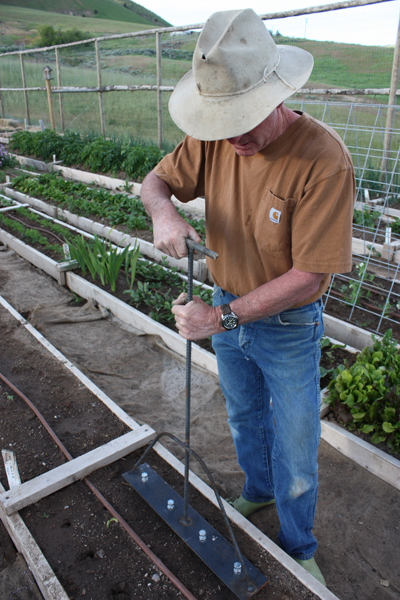
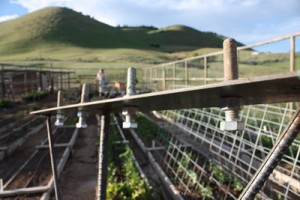
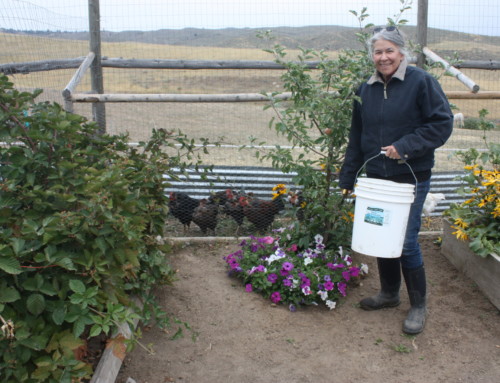
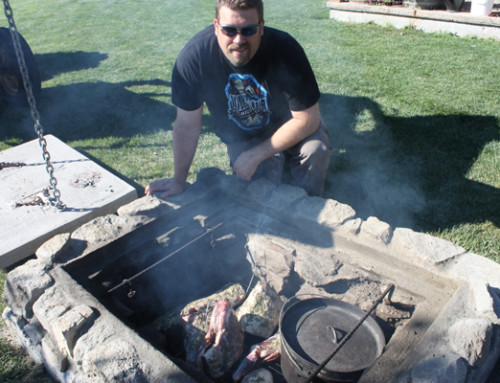
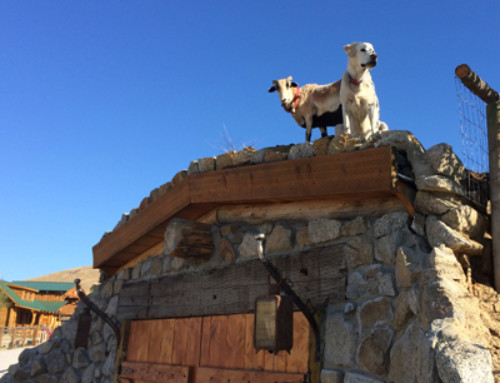
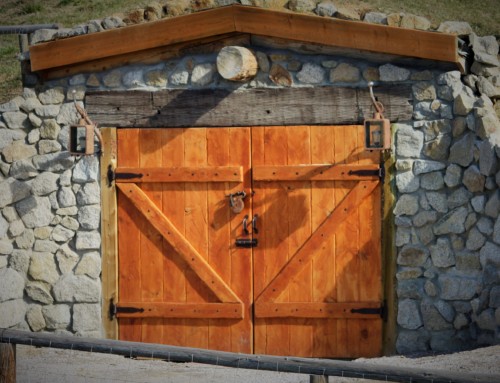
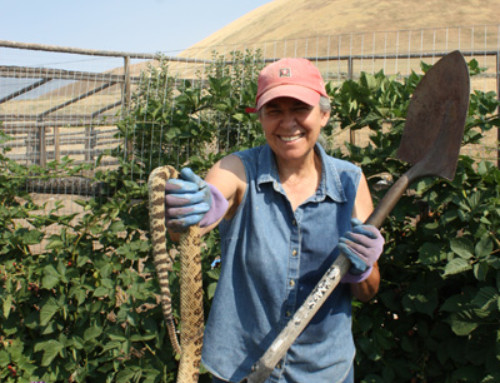
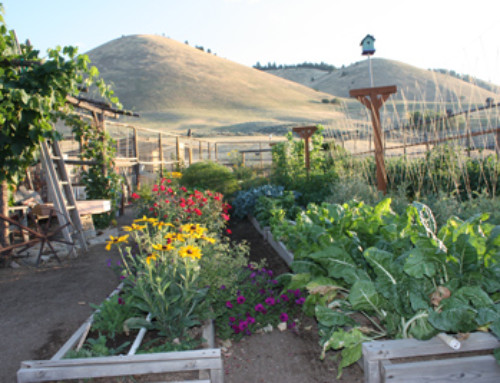
Leave A Comment
You must be logged in to post a comment.